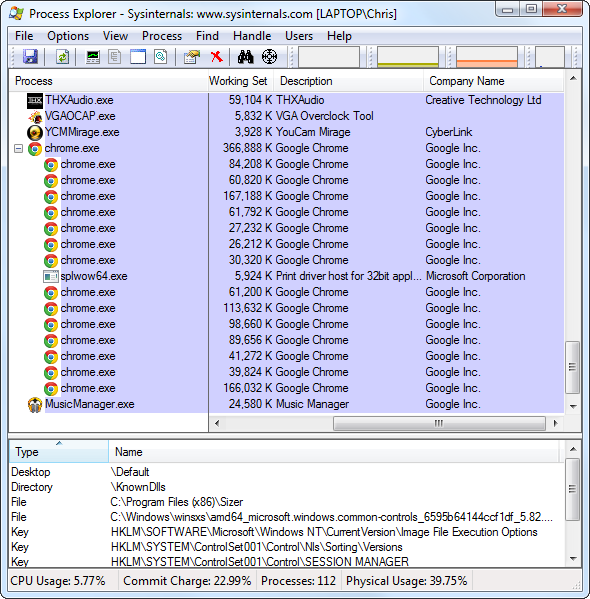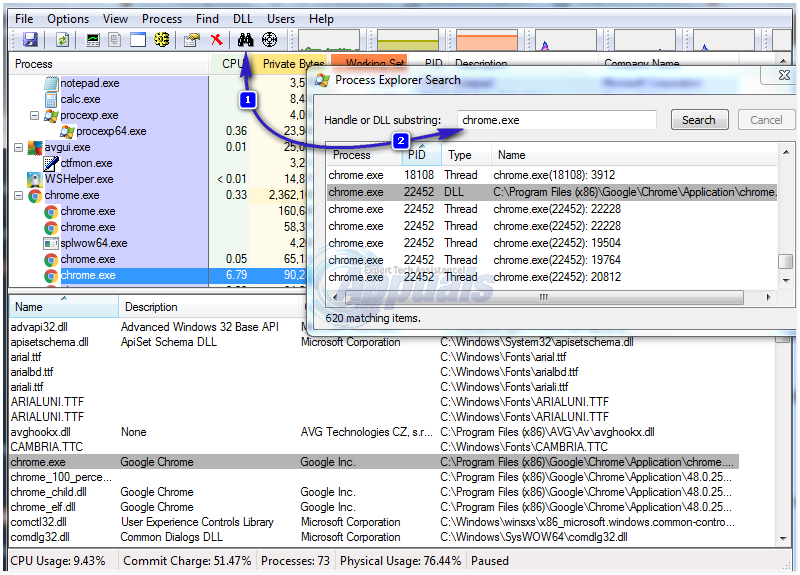

- #Restore task manager process explorer how to
- #Restore task manager process explorer full
- #Restore task manager process explorer windows
It was overhauled for Windows 8, 10, and 11, so we've got instructions for you whether you're using those or Windows 7. Please note that if you have really found a way to hide your process, you better check this using an external tool, which replaced the Task Manager. The Task Manager offers the traditional way to restart Windows Explorer. Option One: Restart Explorer from Task Manager Here are a few ways you can restart Windows Explorer.
#Restore task manager process explorer full
Restarting Explorer doesn't always work in those cases, but it's easy enough to try it first if you want to avoid a full restart. Restarting Windows Explorer can also be handy if you've just installed a new app or applied a Registry tweak that would normally require you to restart your PC. When the Windows Task Manager opens, select the. Just like you can close and restart an app that's acting up, you can also close and restart Windows Explorer. Right-click on an empty spot in the Windows task bar and select Task Manager (or press Ctrl+Shift+Esc). Occasionally, any of these pieces that make up the Windows graphical shell can start acting strangely or even hang. Windows Explorer (Explorer.exe) is a program manager process that provides the graphical interface you use to interact with most of Windows-the Start menu, taskbar, notification area, and File Explorer. Upon closing my custom explorer, I can't seem to get the regular Windows GUI to come back by launching explorer.exe via Process.Start(). I am essentially replacing explorer.exe with my own mock up explorer. The app already runs in full screen, but it is still possible to have the underlying Windows GUI pop back up. Then, ProcExp can easily close task manager and show itself. This means ProcExp is launched before taskmgr starts to run, no matter how taskmgr was launched. To save you the bother, ProcExp is defined as the debugger of taskmgr.exe in Image File Execution Options on the registry. For this reason, I kill explorer.exe so that I can use key presses such as "Alt-Tab" and display a mock app switcher, etc. You can use ProcMon to find out how its done. I'm taking control of quite a few key presses that Windows uses. As well, I'm going pretty in depth with this mock OS. Ctrl+Shift+Esc (or any other shortcut to Task Manager) will reopen your existing (Administrator) Process Explorer instance. Manually Restore Files and Repair Inaccessible Downloads Folder If you prefer.


I know for a fact, that task manager is more than capable of bringing back the window taskbar via typing "explorer.exe" under a new task, though I've had no luck finding command line arguments to pass to task manager. Kill and Restart the File Explorer Using Task Manager Using Command Prompt. Way 5: Run System Restore from task manager.
#Restore task manager process explorer how to
Second Display Run System Restore Video Showing How to Fix File Explorer if It. Once Task Manager is working you can remove Process Explorer if you wish, however I find it very handy. CTRL+SHIFT+ESC to start Task Manager Locate Windows Explorer in Processes. You should see the Taskbar and the desktop icons appear. Then choose Open System Restore in the Advanced recovery tools section. Re-install Process Explorer and use it to re-enable Task Manager - Options. In the Task Manager, select File / New Task (Run.). Press Ctrl+Shift+Esc to start Task manager. However, Process.Start("explorer.exe") brings up an explorer window, and does not re-instate the window taskbar. If you simply stopped the Exlorer process, you should be able to restart it easily. The issue is, upon closing the mock OS I would like for explorer.exe to be started up again. Hit Start, type 'restore,' and then click 'Create a restore point.' On the 'System Protection' tab, click the 'System Restore' button. Upon running the application, it kills explorer.exe so that you can't accidentally have the windows task bar show up during a shoot. The built-in task manager was opened, but not working properly(its window was blank). By enabling the Replace Task Manager option under the Options tab, you can make Process Explorer replace Task Manager. Creating a copy of taskmgr.exe in the same folder. I've tried: Running taskmgr.exe from the run dialog. As of right now, I am working on a mock up OS via WinForms to use as a prop for movies. I want to open the built-in task manager with Process Explorer's Replace Task Manager option checked.


 0 kommentar(er)
0 kommentar(er)
